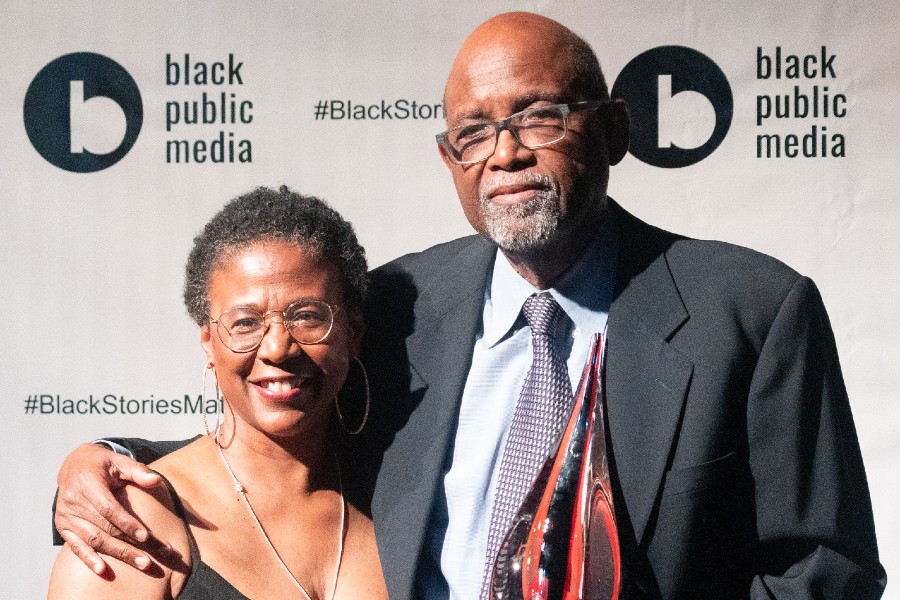Camilo José Vergara (born 1944 in Santiago, Chile) is a Chilean-born, Harlem, New York-based writer, photographer and documentarian.
 Vergara has been compared to Jacob Riis for his photographic documentation of American slums and decaying urban environments. Beginning in the 1980s, Vergara applied the technique of rephotography to a series of American cities, photographing the same buildings and neighborhoods from the exact vantage point at regular intervals over many years to capture changes over time. Trained as a sociologist with a specialty in urbanism, Vergara turned to his systematic documentation at a moment of urban decay, and he chose locales where that stress seemed highest: the housing projects of Chicago; the South Bronx and Harlem New York; Camden, New Jersey; and Detroit, Michigan, among others.
Vergara has been compared to Jacob Riis for his photographic documentation of American slums and decaying urban environments. Beginning in the 1980s, Vergara applied the technique of rephotography to a series of American cities, photographing the same buildings and neighborhoods from the exact vantage point at regular intervals over many years to capture changes over time. Trained as a sociologist with a specialty in urbanism, Vergara turned to his systematic documentation at a moment of urban decay, and he chose locales where that stress seemed highest: the housing projects of Chicago; the South Bronx and Harlem New York; Camden, New Jersey; and Detroit, Michigan, among others.
Vergara began as a humanistic New York street photographer in the early ’70s, when he moved to the city. This work changed significantly in the middle 1970s, when graduate work in sociology at Columbia University increasingly sensitized him to the complexities of environmental influences on social behavior. The advent of Kodachrome 64 film in 1974 alerted Vergara to the possibilities of permanent color photographic records of changing urban landscapes and their features. He began at that time to work systematically, using techniques adapted from sociological methodologies; traveling from one subway stop to the next, he would emerge onto the street and then photograph the surrounding blocks, fanning steadily outward. By 1977, he had come upon a rough approximation of his lifelong working method, returning to the same locales over time to photograph changes in the makeup of the communities in question.
With more than a decade of photographs to document the extraordinary phenomenon of de-urbanization (including the conversion of buildings from one function to a second, then a third, before their abandonment, and the process by which nature recolonized long-urban areas), Vergara published The New American Ghetto withRutgers University Press, for which he received the Robert E. Park Award of the American Sociological Association in 1997.
 The rephotographic method, with its rigorous demands for systematic return, exact replication of vantage point, angle of view, and lens choice, had emerged originally out of the need for scientific evidence of change over time in ecological niches. Vergara’s use of the technique was not exclusive; indeed, Vergara made other pictures, including of residents and smaller details.
The rephotographic method, with its rigorous demands for systematic return, exact replication of vantage point, angle of view, and lens choice, had emerged originally out of the need for scientific evidence of change over time in ecological niches. Vergara’s use of the technique was not exclusive; indeed, Vergara made other pictures, including of residents and smaller details.
His eight and most recent book is Harlem: The Unmaking of a Ghetto, published in December 2013 by the University of Chicago Press. The book combines Vergara’s early humanistic photographs with his long-running rephotography series of the iconic Manhattan community.
In 1995, Vergara made a controversial proposal that 12 square blocks of downtown Detroit be declared a “skyscraper ruins park,” an “American acropolis,” for the preservation and study of the deteriorating and empty skyscrapers:
We could transform the nearly 100 troubled buildings into a grand national historic park of play and wonder, an urban Monument Valley…. Midwestern prairie would be allowed to invade from the north. Trees, vines, and wildflowers would grow on roofs and out of windows; goats and wild animals—squirrels, possum, bats, owls, ravens, snakes and insects—would live in the empty behemoths, adding their calls, hoots and screeches to the smell of rotten leaves and animal droppings.
The proposal launched a public conservation about representations of the city’s built environment and is considered an important statement in the debates surrounding deindustrialization and ruins photography.
In 2010, Vergara was rewarded a Berlin Prize fellowship and spent the academic spring semester 2010 at the American Academy in Berlin.
On July 10, 2013, Vergara received the National Humanities Medal from President Barack Obama in a ceremony at the White House.
Become a Harlem Insider!
By submitting this form, you are consenting to receive marketing emails from: Harlem World Magazine, 2521 1/2 west 42nd street, Los Angeles, CA, 90008, https://www.harlemworldmagazine.com. You can revoke your consent to receive emails at any time by using the SafeUnsubscribe® link, found at the bottom of every email. Emails are serviced by Constant Contact














